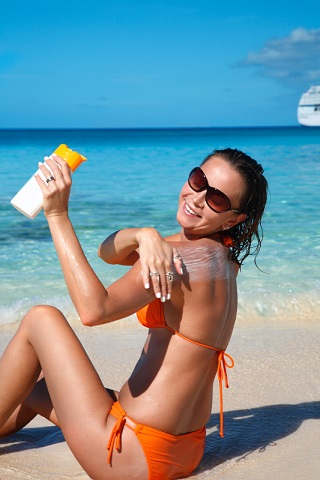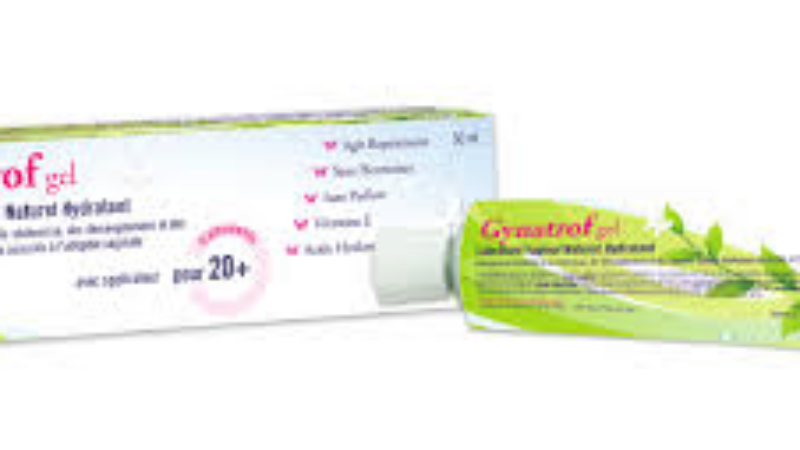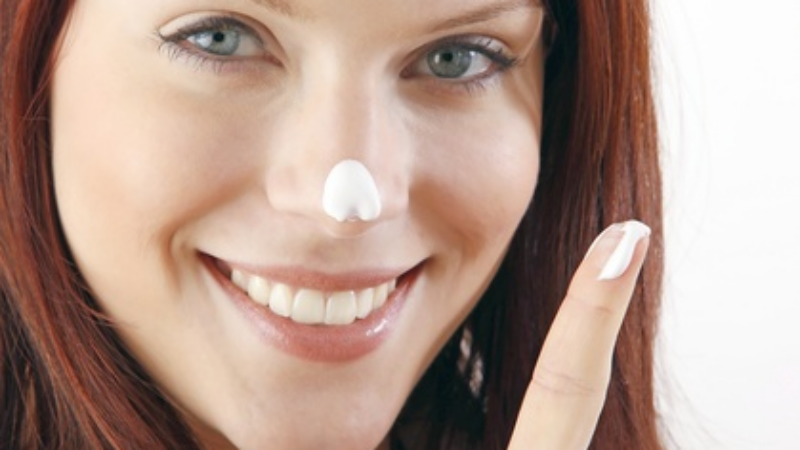When the weather warms up and our thoughts turn to sunscreen, most of our customer inquiries involve choosing a product that contains effective sun filters most suitable for their activities, skin type, climate and personal preferences. We forget, however, that over the last 80 years, sunscreen has come a long way. Cue: a brief history of sunscreen.
In the 1930’s and 1940’s, sun protection was being developed independently but simultaneously by multiple chemists in different parts of the world:
*In 1932, Australian chemist H.A. Milton Blake produced a sunburn preventative cream using a UV-absorbing substance known for its wound-healing properties. Through persistence and trial and error, Blake began production of his sunscreen for widespread sale. Today, his company continues to provide Australia with sun protective and skin care products.
*The first major commercial sunscreen was introduced in 1936 by French chemist Eugène Schueller, the founder of L’Oréal. Coincidentally, L’Oréal is the parent company of both the Ombrelle and Anthelios lines of sunscreen that we tend to favor here at PhaMix.
*In 1944 at the height of WWII, American airman and later chemist Benjamin Green developed Red Vet Pet (for red veterinary petroleum), a physical blocker of UV rays with limited effectiveness. This red, sticky substance was the result of the realization that sun overexposure represented a genuine hazard, particularly evident to soldiers stationed in the Pacific.
*German chemist Franz Greiter developed his own sunscreen in 1946 after becoming sunburned while mountain climbing. Named “Glacier Cream”, this one product became the cornerstone of the Piz Buin company’s wide range of sun protection products. Franz Greiter later developed the SPF rating system, adopted worldwide as the standard for measuring the effectiveness of sunscreen in blocking UVB rays.
In the past decade, as awareness regarding skin cancer has increased, the variety of sunscreens available has exploded. Not only are we able to protect our skin with traditional lotions and creams but sun filters are also added to moisturizers, lipsticks and powders. Whether we prefer physical sun filters such as zinc oxide and titanium dioxide, chemical filters like Mexoryl XL and Tinosorb S or a combination of both to block as much of the UVB and UVA spectrum as possible, being sun smart and sun safe is easier than ever.




